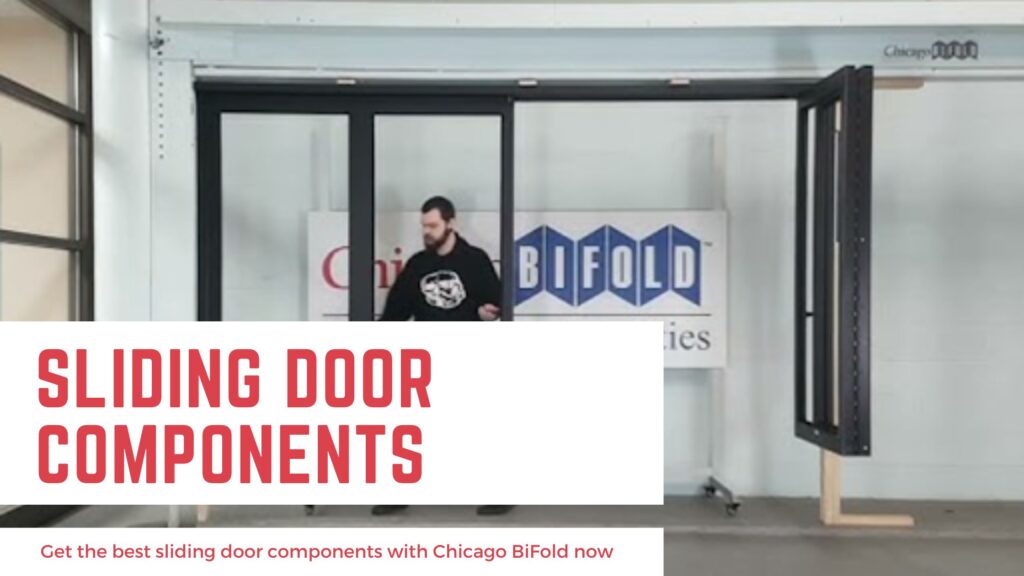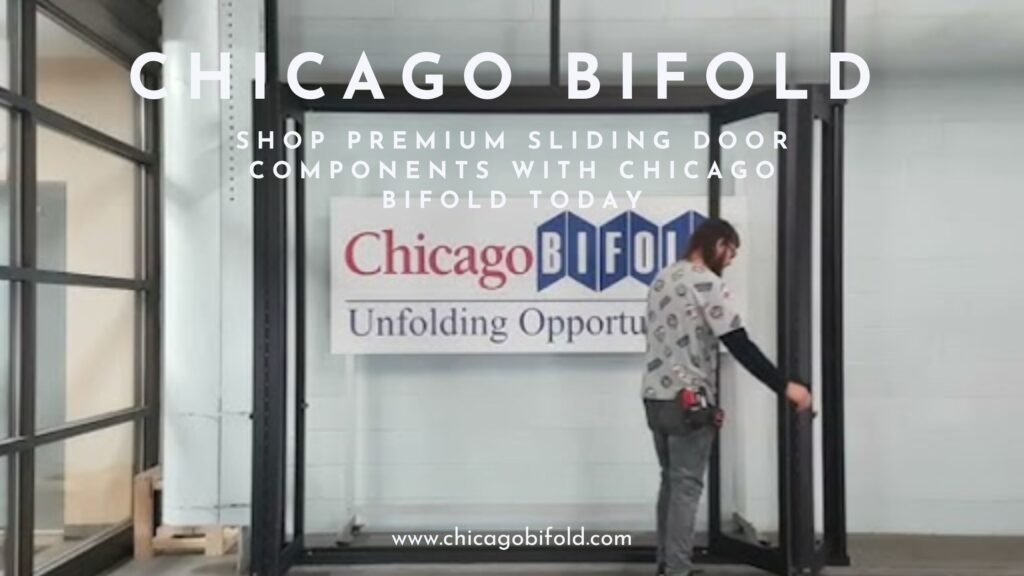
Sliding doors have become a preferred choice for modern homes, offices, and commercial spaces. Their sleek design, space-saving functionality, and smooth operation make them an attractive alternative to traditional doors. As consumer preferences continue to shift toward sliding solutions, understanding their components becomes crucial for ensuring performance, security, and energy efficiency.
While sliding glass doors may appear simple, they are made up of several key components that work together to provide smooth movement, durability, and convenience. Upgraded sliding door components not only simplify repairs and maintenance but also support energy-efficient and modern design requirements.
1. Frame
The frame is the foundation of any sliding door system and consists of three main parts — the head, sill, and jambs. Together, they create a strong, supportive structure that holds the door in place and ensures proper alignment. Regular inspection helps prevent rust, warping, or damage, allowing the door to function smoothly for years.
2. Glass Panels
Glass panels play a major role in aesthetics, insulation, and security. High-quality panels enhance energy efficiency by trapping air or gas, maintaining a comfortable indoor temperature, and reducing energy costs. They also improve the look of a space while providing a clear view. Regular cleaning helps preserve clarity and extends the panel’s lifespan.
3. Tracks and Rollers
Tracks and rollers are critical for the door’s smooth gliding action. Tracks are grooves at the top and bottom that guide the door’s movement, while rollers are small wheels that enable the sliding motion. Over time, dust and debris can lead to sticking or misalignment, so cleaning and lubricating these components twice a year helps maintain optimal performance.
4. Weatherstripping
Weatherstripping plays a vital role in energy efficiency by sealing gaps between the door and its frame. It keeps out drafts, rain, dust, and insects, ensuring a comfortable indoor environment and reducing energy bills. Foam or rubber strips are common options. Inspect weatherstripping regularly and replace it when worn out to maintain effective sealing.

5. Handles and Locks
Handles and locks are essential for usability and security. Available in recessed or surface-mounted designs, they provide easy operation while ensuring safety. Modern mortise locks, deadbolts, and even smart locks offer enhanced protection. Keeping these components well-maintained ensures smooth operation and peace of mind.
6. Thresholds and Stoppers
Though often overlooked, thresholds and stoppers play an important role in functionality. The threshold forms a seamless transition between spaces and keeps water and debris out, while stoppers prevent the sliding panel from slamming into the frame. Regular inspection of these components helps protect the door and prolong its lifespan.
Conclusion
Understanding and maintaining the key components of a sliding door is crucial for smooth operation, security, and longevity. If you are looking to upgrade or replace your sliding door components, Chicago BiFold offers high-quality, cost-effective solutions to keep your doors performing at their best.